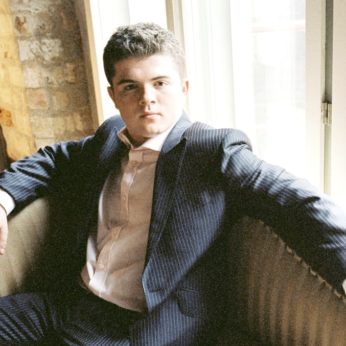Composer: Boris Tchaikovsky (b. 1925 - d. 1996)
Performance date: 02/07/2011
Venue: St. Brendan’s Church
Composition Year: 1990
Duration: 00:17:06
Recording Engineer: Anton Timoney, RTÉ lyric fm
Instrumentation Category:Large Mixed Ensemble
Instrumentation Other: fl, ob, cl, bn, hn, hp
Artists:
Clíona Doris -
[harp]
Hervé Joulain -
[horn]
Peter Whelan -
[bassoon]
Julian Bliss -
[clarinet]
Ivan Podyomov -
[oboe]
Áshildur Haraldsdóttir -
[flute]

Copyright © 2025 West Cork Music. All rights reserved.
Designed and developed by Matrix Internet